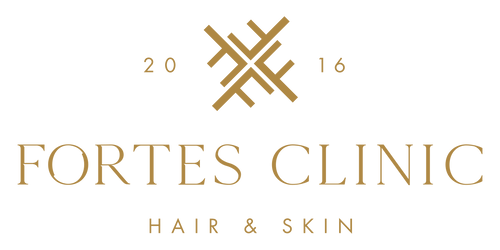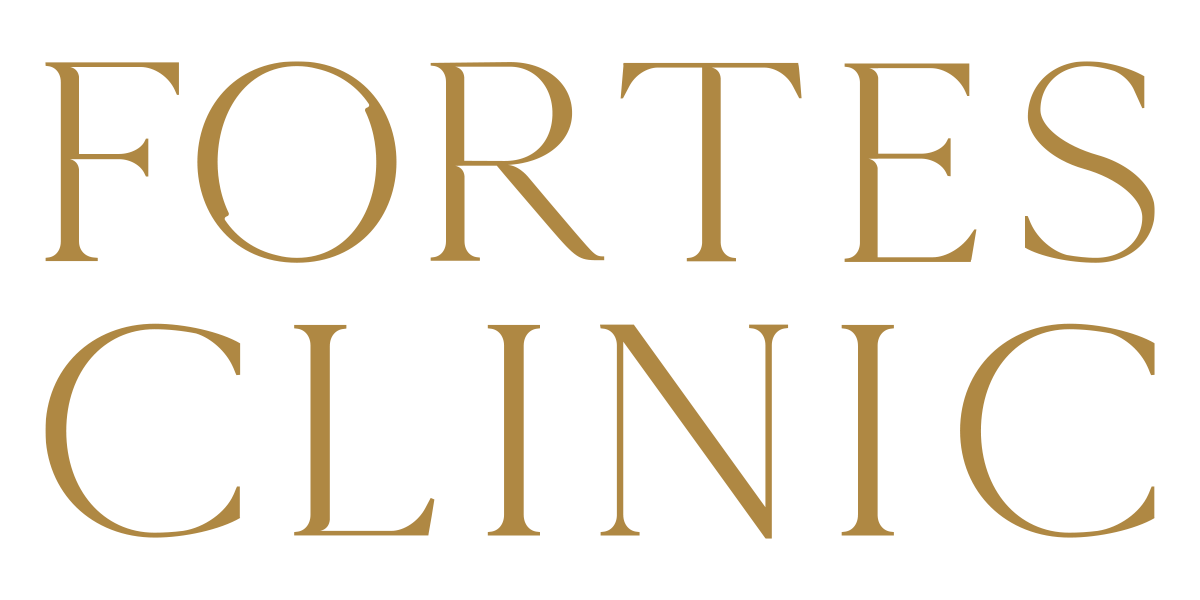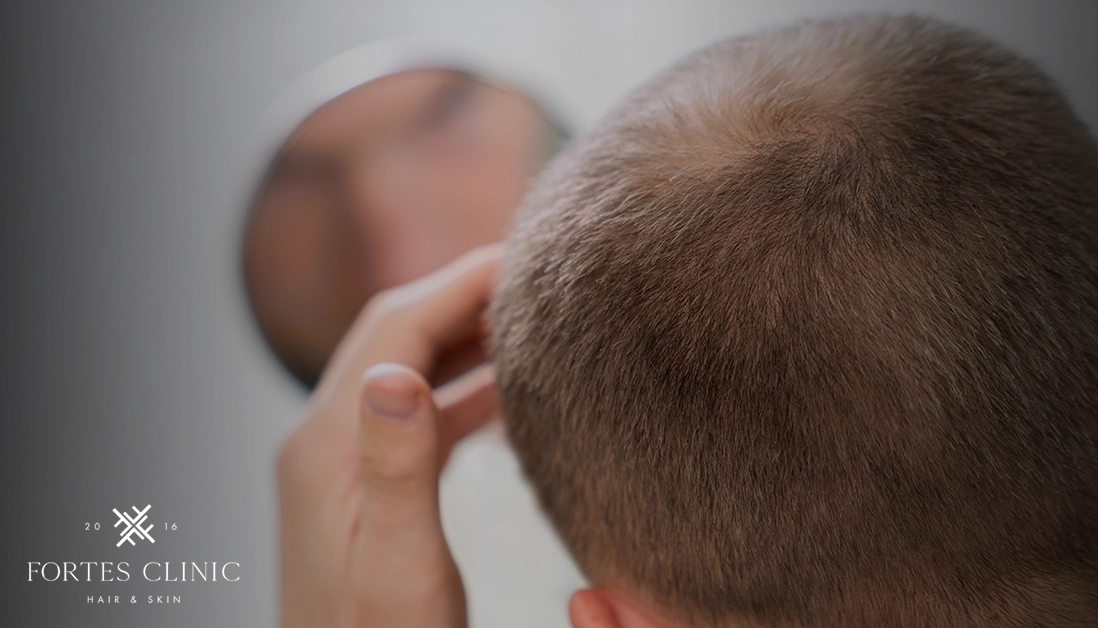
Stress Related Hair Loss: How It Affects Hair Transplant Recovery and Results
read more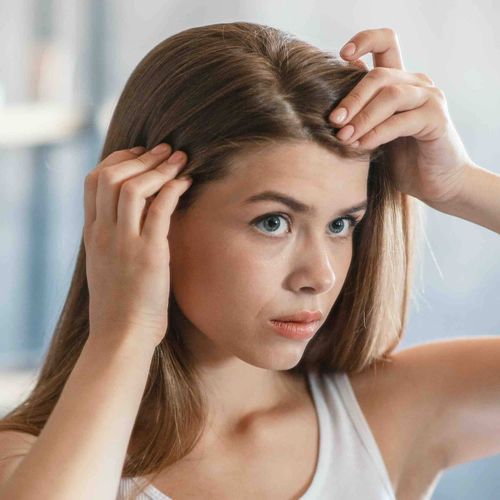
Women’s Hairline Correction: How to Restore a Natural Hairline
read more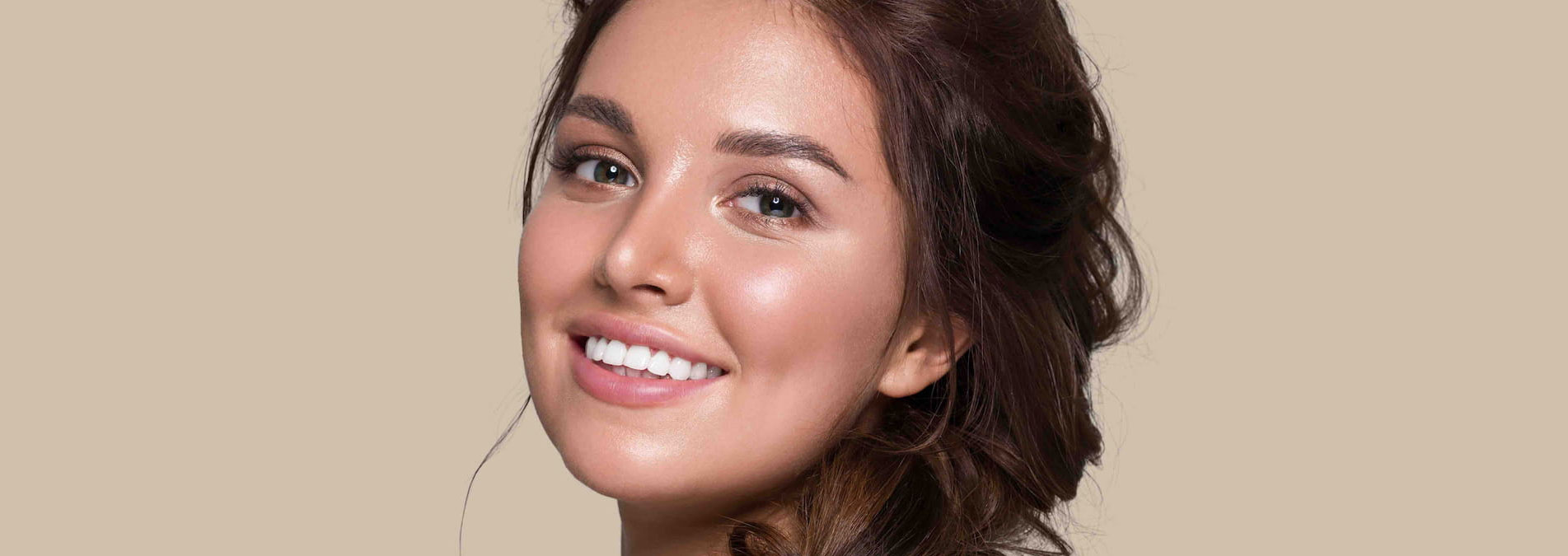
Styling After Hair Transplant: Women’s Guide to Hair Care and Recovery
read more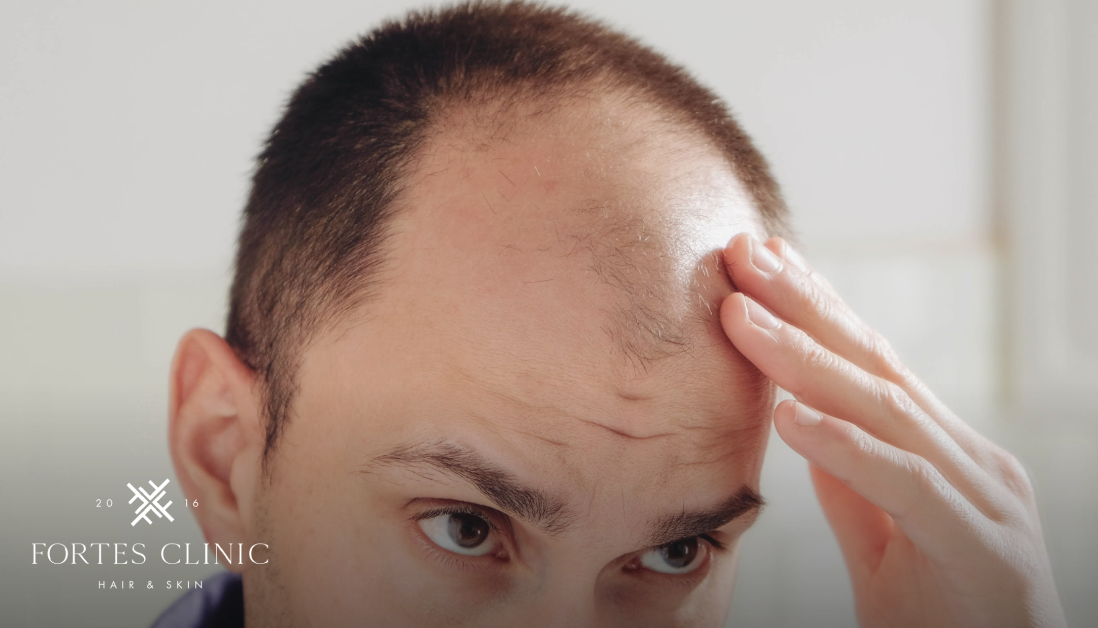
Exercise and Hair Loss: Can Your Fitness Routine Help or Harm?
read more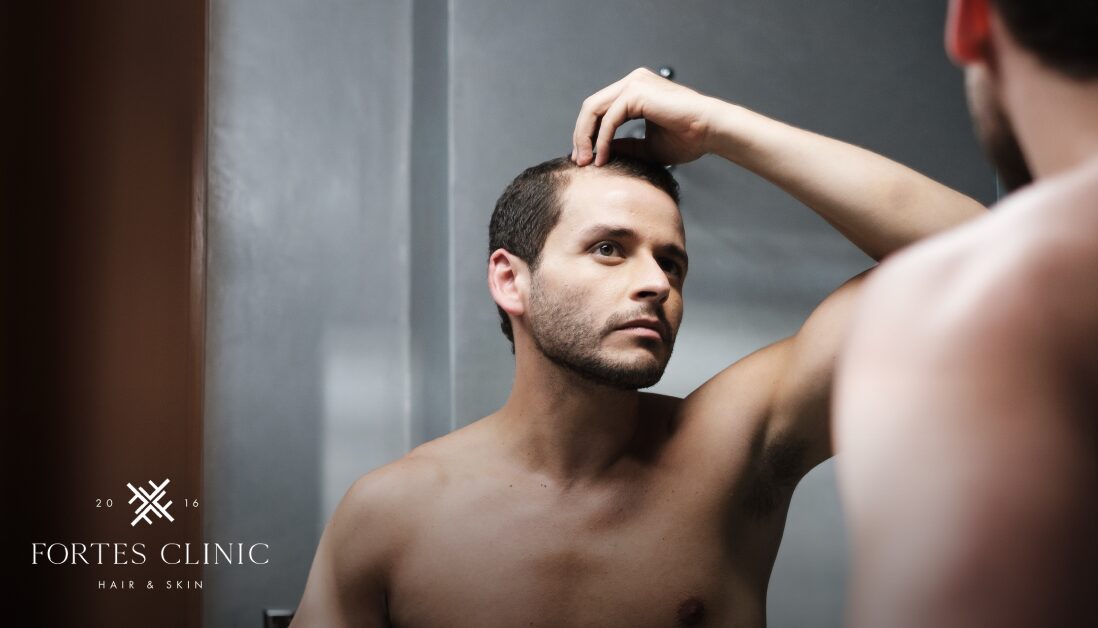
Nutrition for Hair Growth – Foods That Support Stronger Hair
read more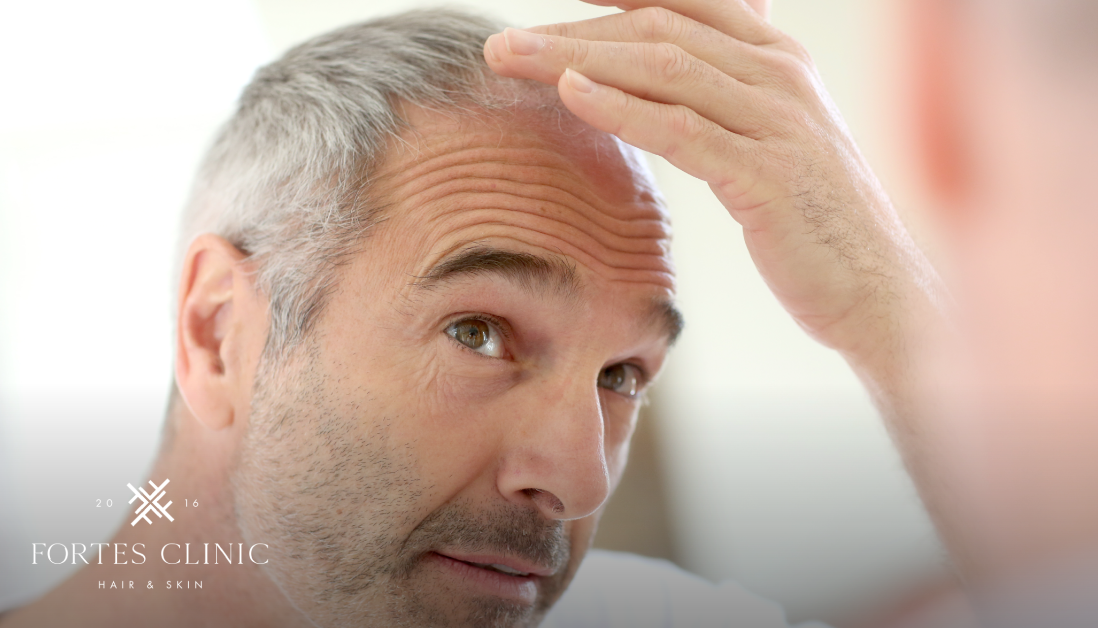
Hair Loss and Lifestyle: Could Daily Habits Be Making It Worse?
read more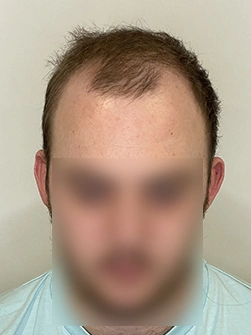
Hair Transplant Bad Hairline Correction: Can It Fix Previous Procedures?
read more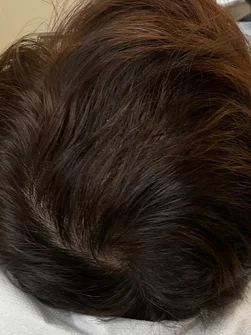
Hair Transplant Density: How Full Can Your Hair Really Get?
read more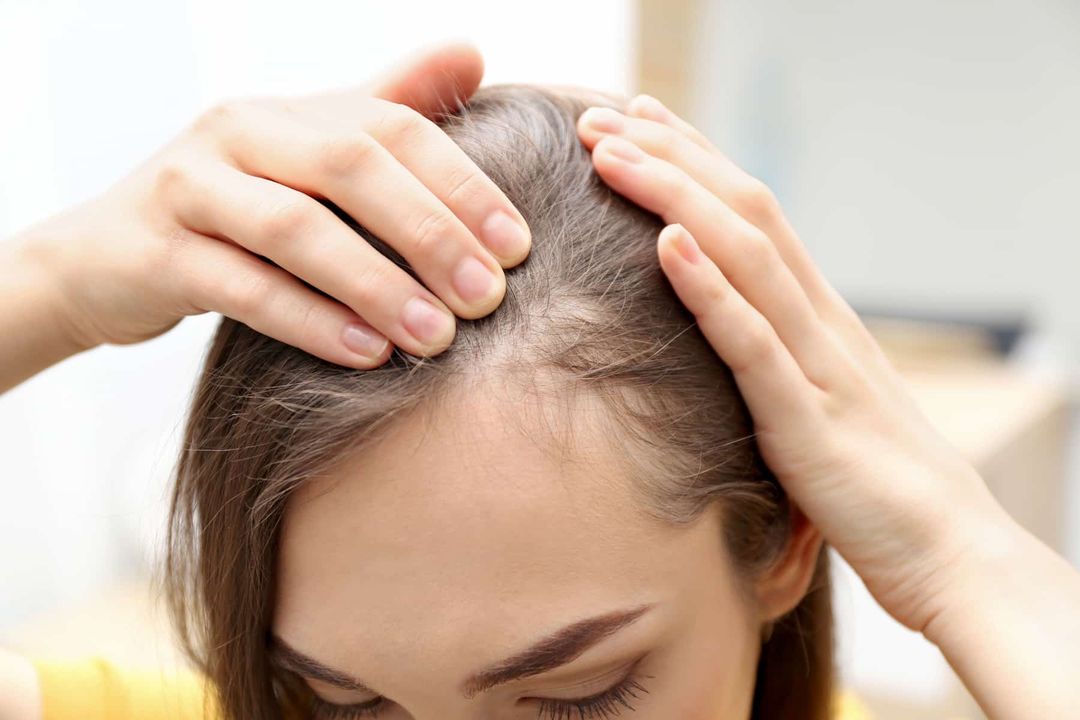
Do Hair Transplants Work for Women? Everything You Need to Know
read more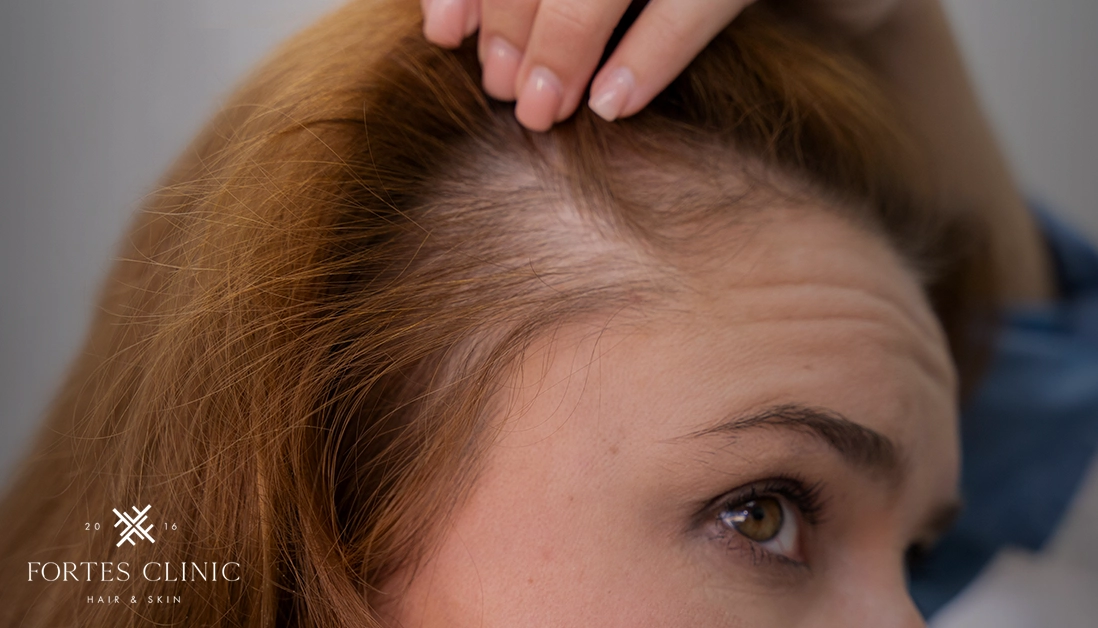
Women’s Hair Transplants: Causes of Female Hair Loss and Treatment Options
read more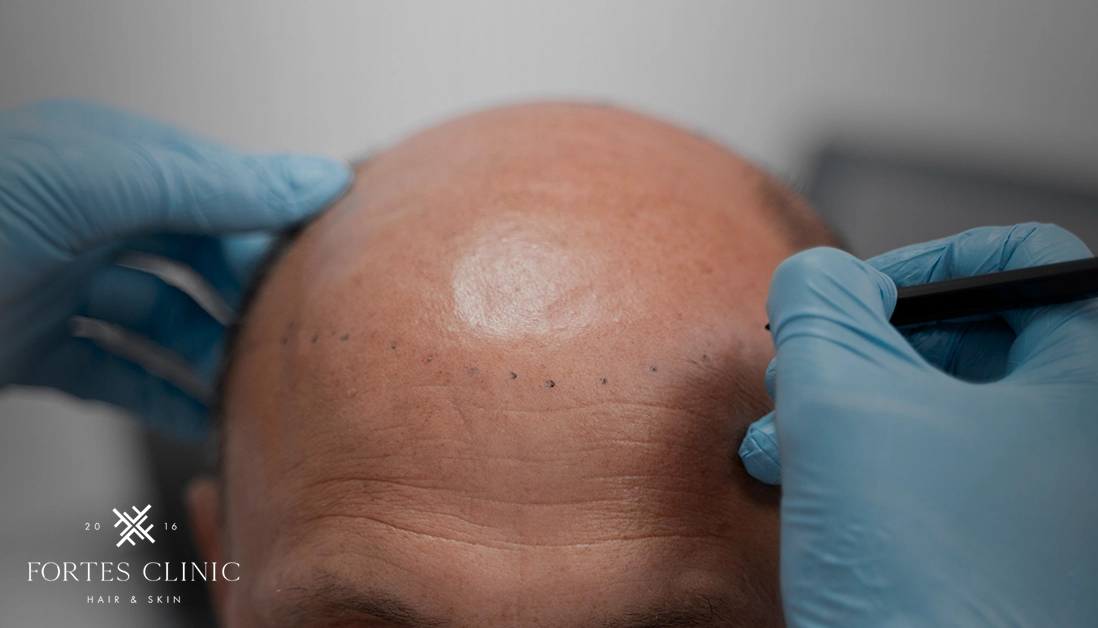
Hair Transplant vs Scalp Micropigmentation: Which Is Best for You?
read more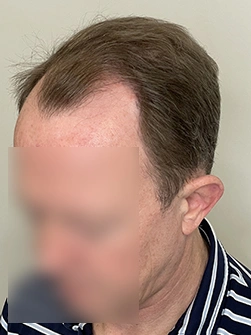
Does Age Affect Hair Transplant Success Rates
read more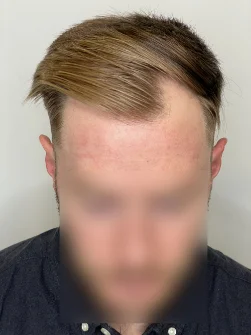
What Happens If You Lose More Hair After a Transplant?
read more
Can Hair Transplants Improve Receding Hairlines?
read more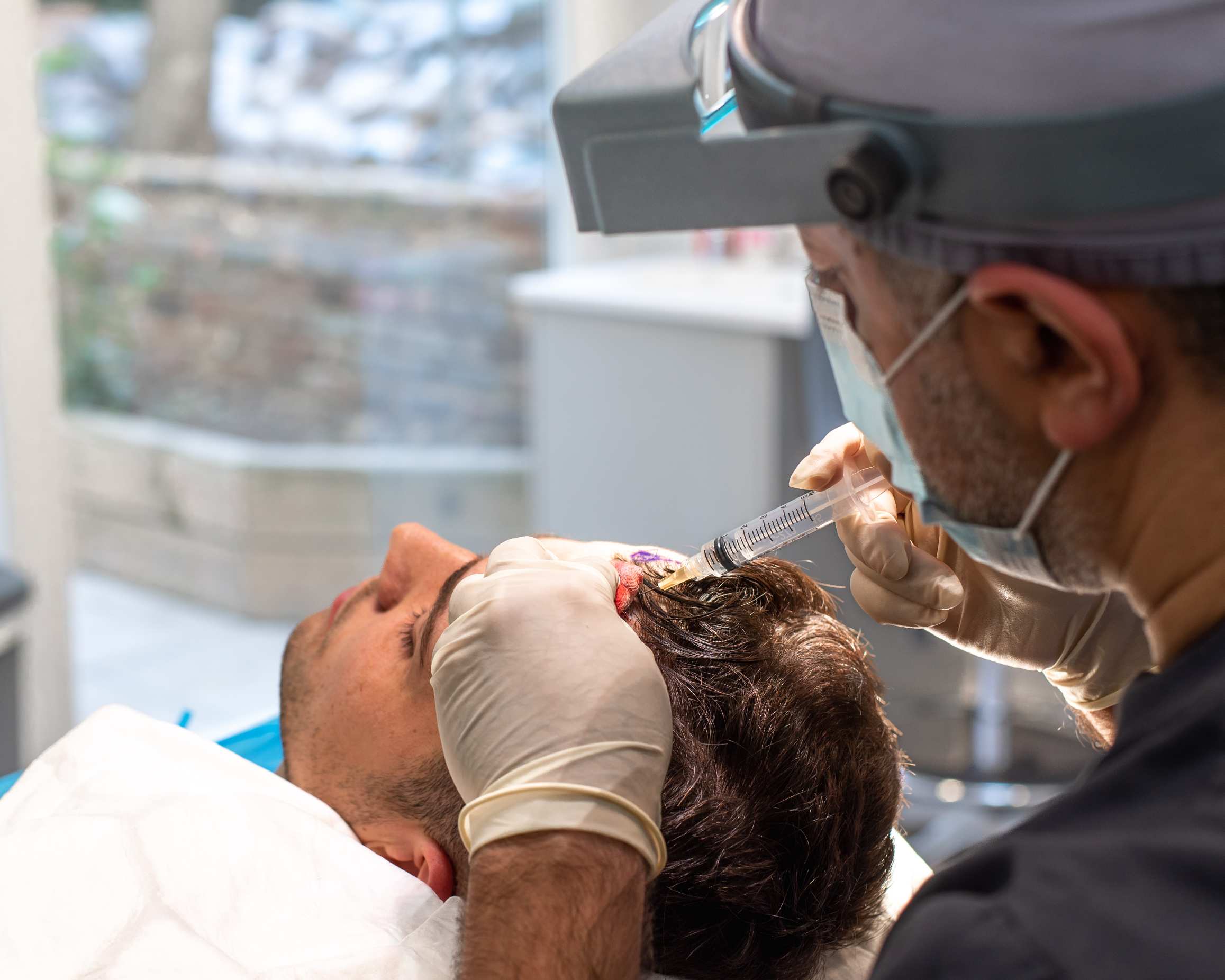
How to Choose A Hair Transplant Clinic
read more
What To Do Before Hair Transplant Surgery
read more
How Long After a Hair Transplant Can I Workout?
read more
Do You Have To Take Medication After A Hair Transplant?
read more
What Age Is Best To Get A Hair Transplant?
read more
Can a Hair Transplant Fail?
read more
When Should You Get A Hair Transplant?
read more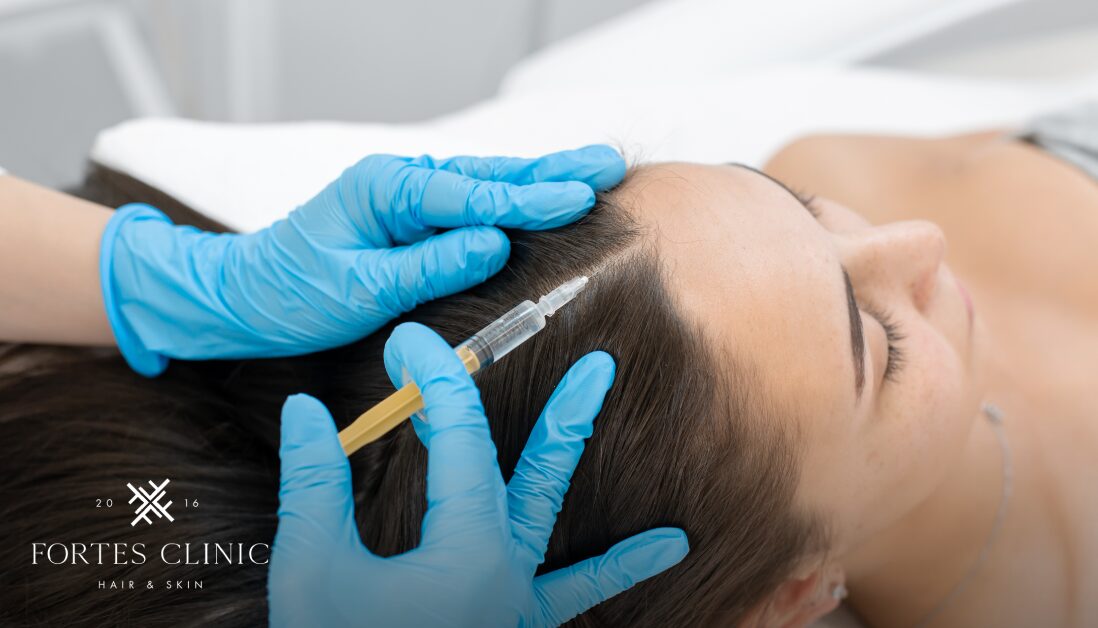
How Successful Are Hair Transplants?
read more
When Can I Sleep Normally After A Hair Transplant?
read more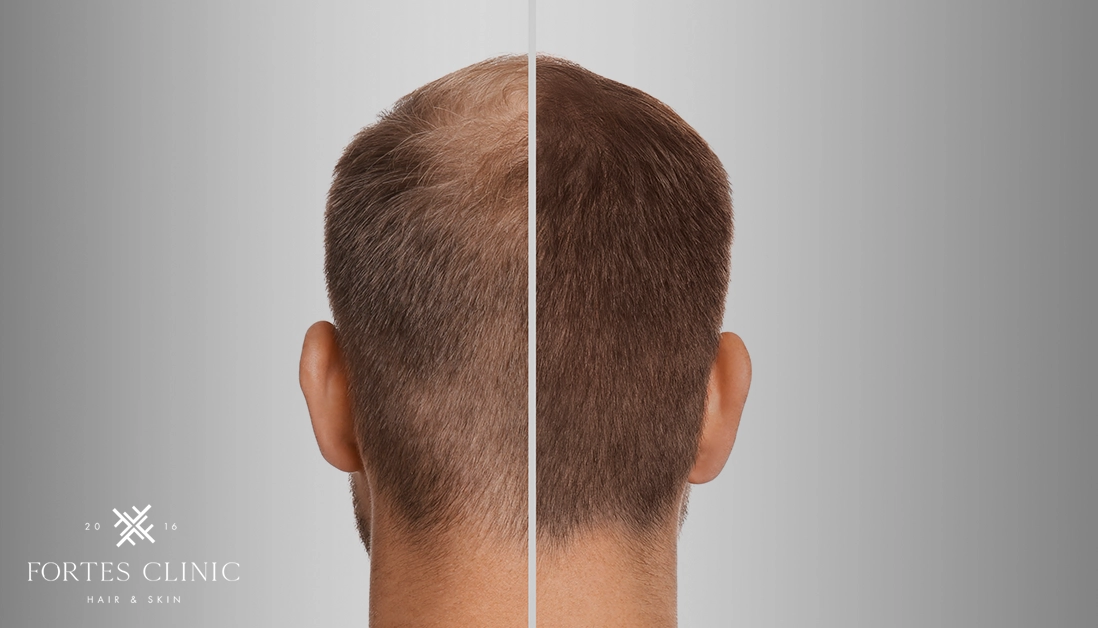
How Painful Is A Hair Transplant?
read more
Do You Have to Shave Your Head For A Hair Transplant?
read more
What Is an FUE Hair Transplant?
read more
Can Transplanted Hair Fall out?
read more
Are Hair Transplants Safe?
read more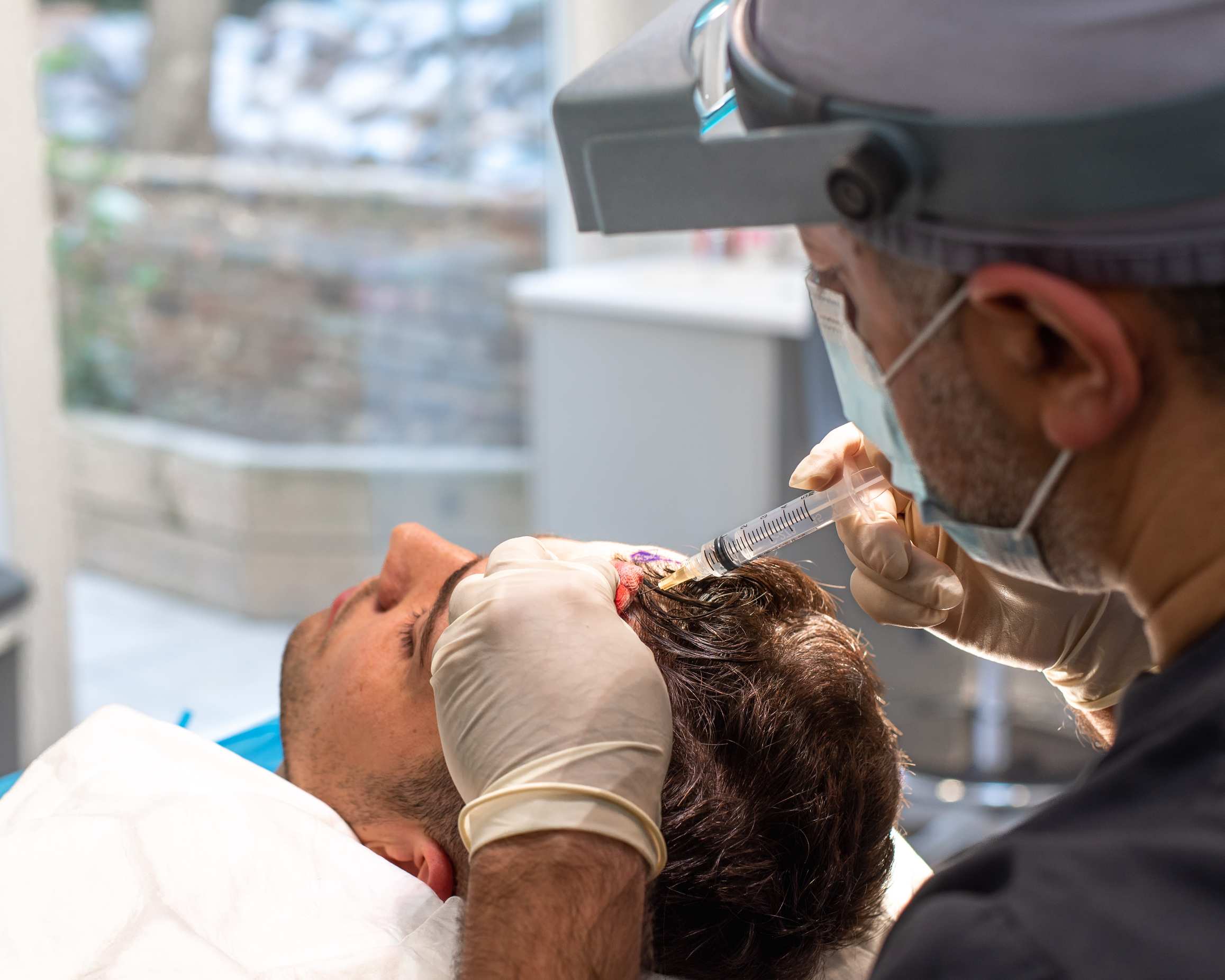
How To Sleep After A Hair Transplant
read more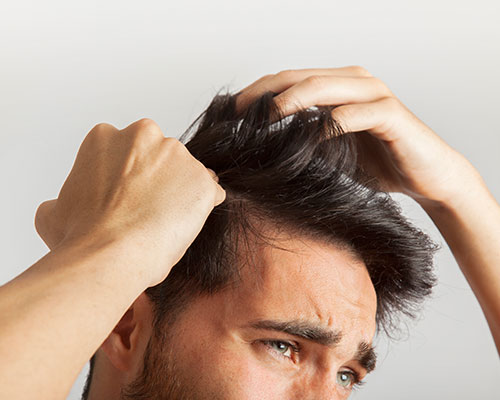
Is A Hair Transplant Permanent?
read moreFAQs
Answers to your questions related to our treatments.
PRP Hair Transplant therapy is a non-surgical process. Some of the side effects that you are likely to experience from the PRP treatment include:
Slight pain during the injecting of PRP into the scalp
The tightness of the scalp as well as minor headaches after the PRP injection
Redness
Swellings around the forehead and the eye which subside after 24 hours of the PRP therapy
Slight Temporary bleeding at the injection site
These side effects are short lasting and a direct result of administering the treatment.
PRP is one of the most effective hair treatment methods available for patients that prefer non-surgical solutions for hair restoration. Our medical team will ensure that you receive the best medical care during your PRP Hair Transplant process. Feel free to contact us and book your appointment now!
The FUT method is an advanced cosmetic procedure that’s completely safe and doesn’t require any maintenance. The typical mild side effects that you can experience after this hair transplant process include swelling, redness, itching and a bit of pain. However, you can easily and quickly relieve the side effects through fast-acting prescriptions. Generally, from the very next day of the surgery, you can get back to your daily routine as usual.
For most cases, little or no time needs to be taken off. If time off is needed, then a week or so is more than enough. Hats can be worn immediately after and are actually recommended, in order to protect the grafts.
The cause of your hairloss should be determined to decide which treatment would be best for you – if you are experiencing hair loss and you do not know the cause of it, we would recommend for you to have a Trichology appointment – this includes a medical examination and during the consultation, Dr Saaed will examine your head and scalp and go through your medical and hair history to try to determine which factors are causing the hair loss such as lifestyle, hormonal imbalances, immune system and hair care. He can then speak to you in detail about treatment options (which could be medication, topical treatments or other non surgical treatments such as PRP).
The type of laser used in hair therapy is a cold laser that is well regulated and has no heating effect.
Low-level laser hair therapy is categorised as a Class III cosmetic laser and it meets all the global standards of safety. The light from this low-level laser is a form of compressed light that is emitted from the cold red part of the electromagnetic radiation spectrum. It is different from the natural light we know because it’s only one of the spectrum colours in a columnated form, i.e. the beam of light is concentrated on a specific spot. This is what allows light from the laser to penetrate without the generation of heat with no damage to the scalp.
There are no side effects with this procedure and it is completely safe.
No. FUT & FUE are minor cosmetic surgery as well as one of the safest and most popular procedures performed. Our clinic environment provides you with skilled and experienced surgical and nursing staff with hospital standard equipment.
“PRP” is an abbreviation for Platelet Rich Plasma. A blood sample is taken from the arm and the blood is then put into a machine which spins at a rapid rate to separate the components of the blood. The doctor will then extract the platelets and prepare them to be injected into the scalp or face.
For treating hair loss, PRP has been proven to regenerate and promote hair growth. It also promotes the growth of transplanted hair and will improve results after having hair transplant surgery. For the face, this treatment is commonly known as a “Vampire Facial” – it is great for skin rejuvenation as it stimulates new cell growth, helping improve your complexion and skin texture.
First, take a look at our treatments and procedures section to get a feel of what each treatment entails. In-depth conversations will then be had at your consultation, where we will look into the best solution for you. Each case is different, and Dr. Saeed will work very closely with you to decide what’s best to do.
In case you were wondering before you qualify for the FUT transplant, there are a couple of factors that we consider for a guarantee of exceptional results. Some of the most vital factors that will determine a successful FUT procedure include:
Patients should have a genetically strong donor supply, i.e. a healthy donor region from where the strip unit will be extracted from.
The scalp should be resistant to any potential autoimmune disorders that may occur. That’s because, in some cases, the immune system fails to respond positively as expected and instead attacks the body’s own cells. This leads to a condition where the hair cannot be extracted since the scalp is rendered contagious.
Flexibility and stability of the scalp region from which the extraction would take place
You should be free from DUPA: it is a condition whereby the hair does not occur in a distinct pattern and affects both the side and the back of the scalp.
At Fortes Clinic we can help you treat many skin conditions such as acne, rosacea, pigmentation and aging skin. We offer treatments such as chemical peels, facials and medical grade skincare which can rejuvenate and improve the skin in different ways. We also offer microneedling which has been proven to reduce wrinkles and scarring. By booking a skin consultation, we can assess your skin and recommend the best treatment for you.
First, take a look at our treatments and procedures section to get a feel of what each treatment entails. In-depth conversations will then be had at your consultation, where we will look into the best solution for you. Each case is different, and Dr. Saeed will work very closely with you to decide what’s best to do.
At Fortes Clinic we can help you treat many skin conditions such as acne, rosacea, pigmentation and aging skin. We offer treatments such as chemical peels, facials and medical grade skincare which can rejuvenate and improve the skin in different ways. We also offer microneedling which has been proven to reduce wrinkles and scarring. By booking a skin consultation, we can assess your skin and recommend the best treatment for you.
“PRP” is an abbreviation for Platelet Rich Plasma. A blood sample is taken from the arm and the blood is then put into a machine which spins at a rapid rate to separate the components of the blood. The doctor will then extract the platelets and prepare them to be injected into the scalp or face.
For treating hair loss, PRP has been proven to regenerate and promote hair growth. It also promotes the growth of transplanted hair and will improve results after having hair transplant surgery. For the face, this treatment is commonly known as a “Vampire Facial” – it is great for skin rejuvenation as it stimulates new cell growth, helping improve your complexion and skin texture.
First, take a look at our treatments and procedures section to get a feel of what each treatment entails. In-depth conversations will then be had at your consultation, where we will look into the best solution for you. Each case is different, and Dr. Saeed will work very closely with you to decide what’s best to do.
Both anti-wrinkle injections and dermal fillers are minimally invasive cosmetic treatments given through injections but they have different purposes.
Anti-wrinkle injections temporarily paralyse the muscles that cause fine lines and wrinkles during facial expressions. The result means the fine lines and wrinkles are smoothed or even completely removed.
Dermal fillers are injected beneath the surface of the skin to add volume and fullness in areas such as the lips or cheeks. They are also great for filling creases and folds around the mouth.
Have a look at our treatments page to see all areas which can be treated with either antiwrinkle injections or dermal fillers.
First, take a look at our treatments and procedures section to get a feel of what each treatment entails. In-depth conversations will then be had at your consultation, where we will look into the best solution for you. Each case is different, and Dr. Saeed will work very closely with you to decide what’s best to do.
